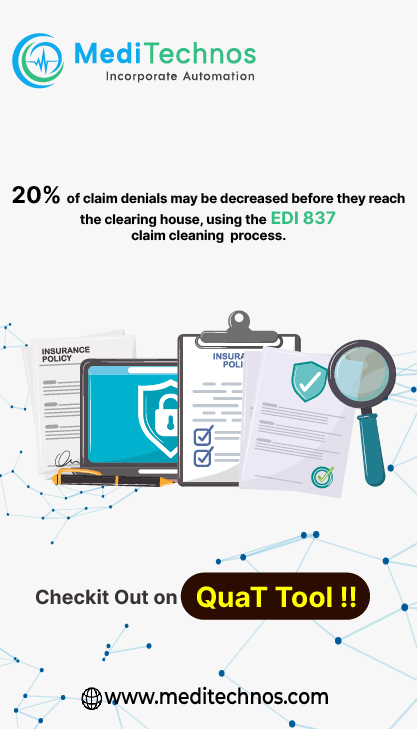“If it isn’t documented, it hasn’t been done” is an adage that is
frequently heard in the health care setting.
Concise medical record documentation is critical to providing patients with quality care as well as to receiving accurate and timely reimbursement for furnished services. It chronologically documents the care of the patient and is required to record pertinent facts, findings, and observations about the patient’s health history including past and present illnesses, examinations, tests, treatments, and outcomes. Medical record documentation also assists physicians and other health care professionals in evaluating and planning the patient’s immediate treatment and monitoring his or her health care over time.
Payers may require reasonable documentation that services are consistent with the insurance coverage provided in order to validate:
– The site of service;
■■The medical necessity and appropriateness of the diagnostic and/or therapeutic services ■■provided; and/or
–That services furnished have been accurately reported.
To ensure that medical record documentation is accurate, the following principles should be followed:
The medical record should be complete and legible.
The documentation of each patient encounter should include:
–Reason for the encounter and relevant history, physical examination findings, and prior diagnostic test results.
–Assessment, clinical impression, or diagnosis.
–Medical plan of care.
–Date and legible identity of the observer.
If not documented, the rationale for ordering diagnostic and other ancillary services should be easily inferred.
Past and present diagnoses should be accessible to the treating and/or consulting physician.
Appropriate health risk factors should be identified.
The patient’s progress, response to and changes in treatment, and revision of diagnosis should be documented.
The Current Procedural Terminology (CPT) and International Classification of Diseases, 9th Edition, Clinical Modification (ICD-9-CM) codes reported on the health insurance claim form or billing statement should be supported by the documentation in the medical record.

